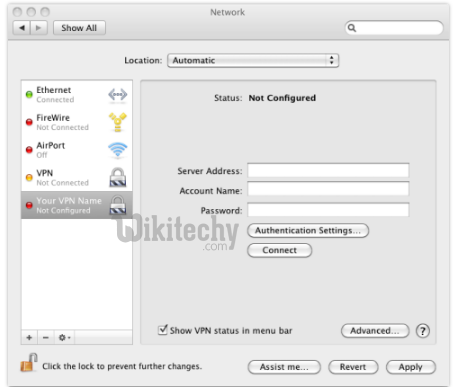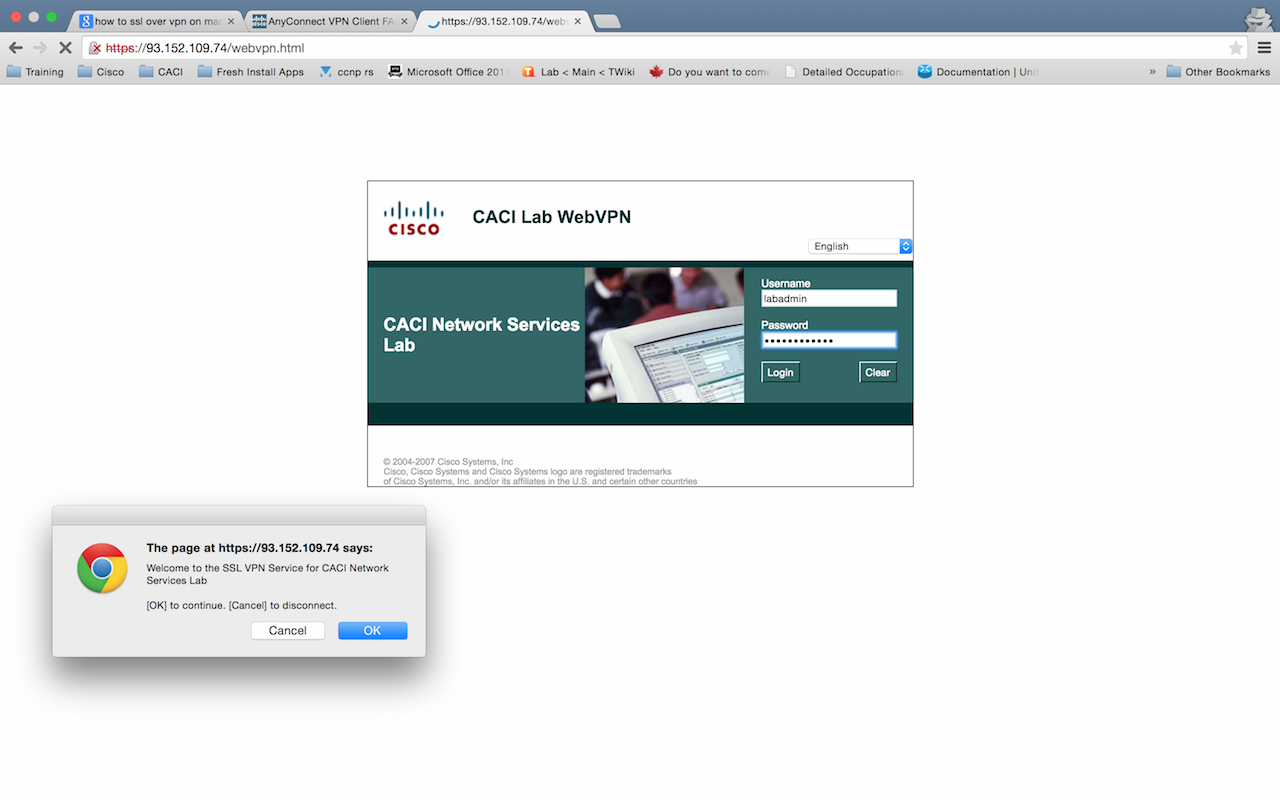
This routes and encrypts all traffic going to Stanford sites and systems through the Stanford network as if you were on campus. When using Stanford's VPN from home, we generally recommend using the Default Stanford split-tunnel VPN. To connect to the VPN from your Mac you need to install the Cisco An圜onnect VPN client. Stanford's VPN allows you to connect to Stanford's network as if you were on campus, making access to restricted services possible. The built-in VPN client for Mac is another option but is more likely to suffer from disconnects. To work around these issues, network administrators are advised to use the Mutual Group Authentication feature, or use unique passwords (that aren't related to other important network passwords).Cisco An圜onnect is the recommended VPN client for Mac. A vulnerability has been identified, and those passwords can easily be decoded using software or online services. The client uses profile configuration files (.pcf) that store VPN passwords either hashed with type 7, or stored as plaintext.

added support for 64-bit versions of Windows Vista and Windows 7. explicitly did not support versions of Mac OS X later than 10.5. The open-source vpnc client can connect to most VPNs supported by the official client. As with most corporate licenses, administrators are allowed to freely distribute the software to users within their network. The software is not free but is often installed on university and business computers in accordance with a site-license.

The Support page with documentation links was taken down on July 30, 2016, replaced with an Obsolete Status Notification.

No further product updates were released after July 30, 2012, and support ceased on July 29, 2014. On July 29, 2011, Cisco announced the end of life of the product. htmlĬisco Systems VPN Client is a software application for connecting to virtual private networks based on Internet Key Exchange version 1. c /en /us /products /security /vpn-endpoint-security-clients /index.


 0 kommentar(er)
0 kommentar(er)
